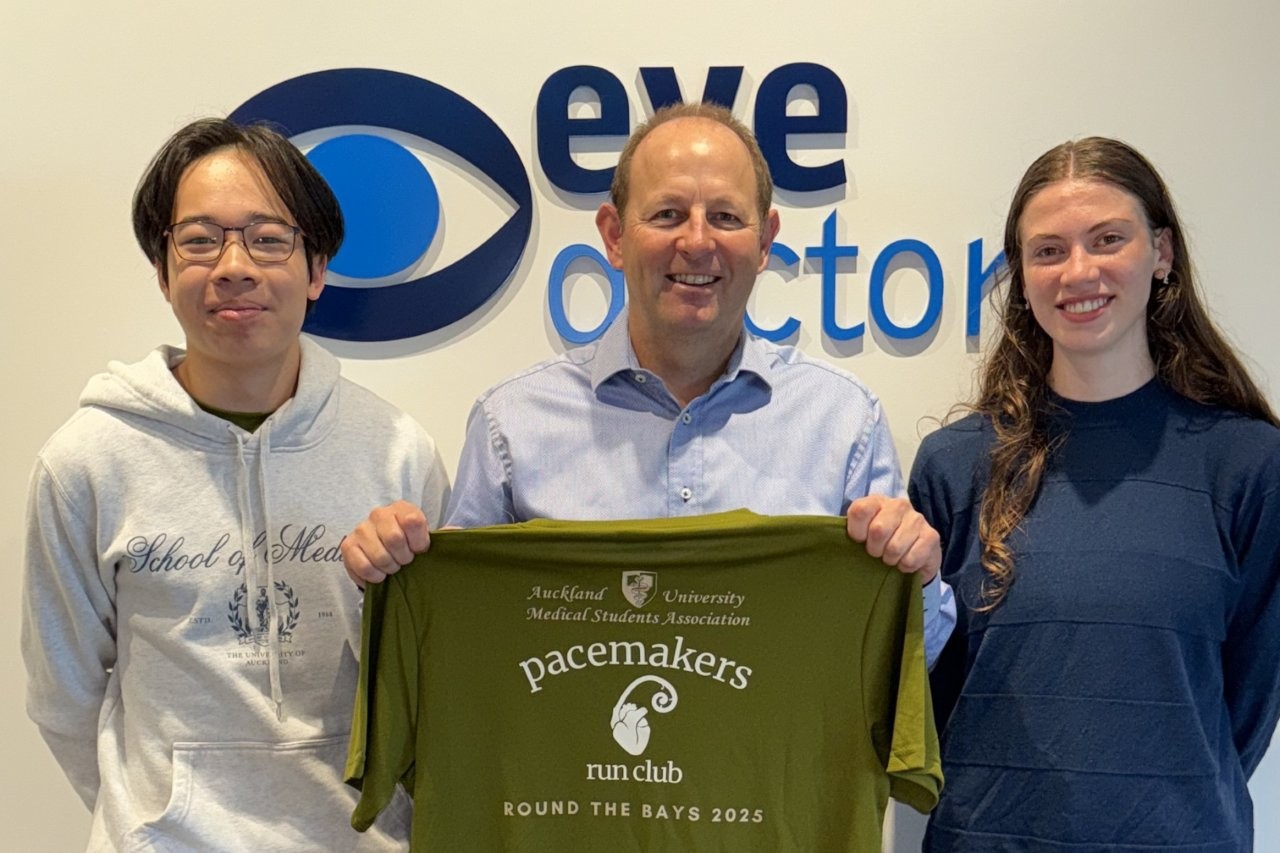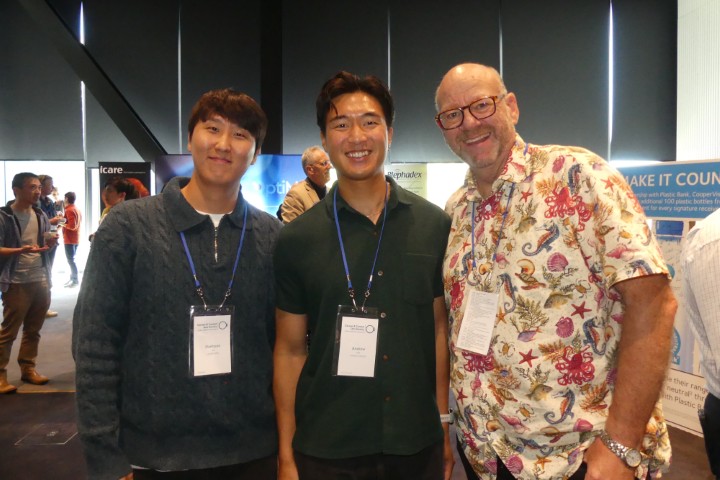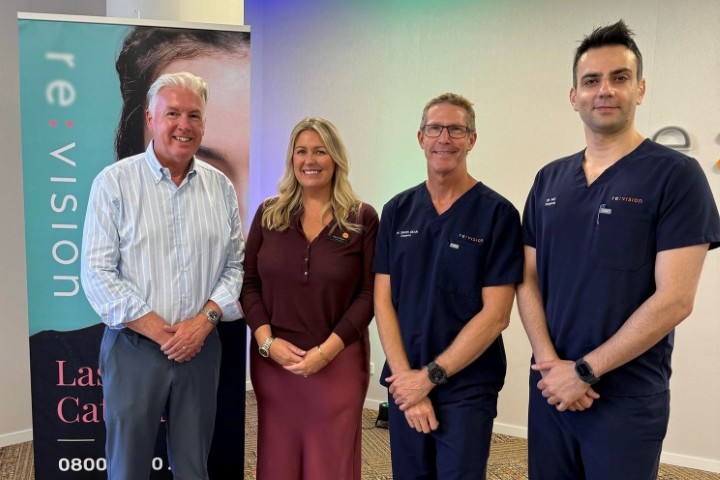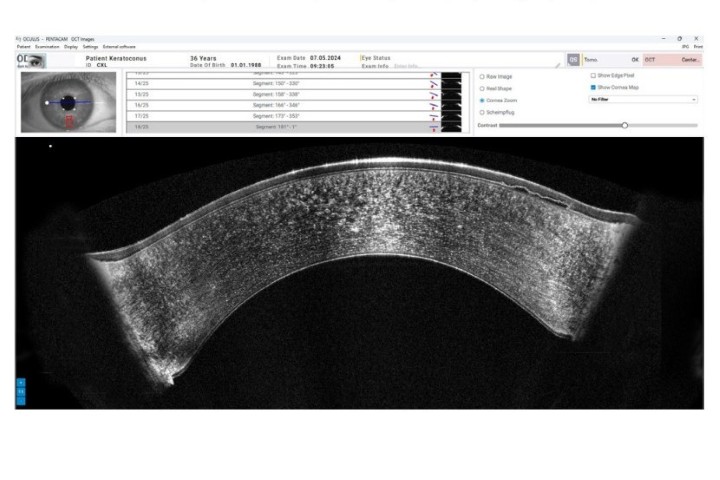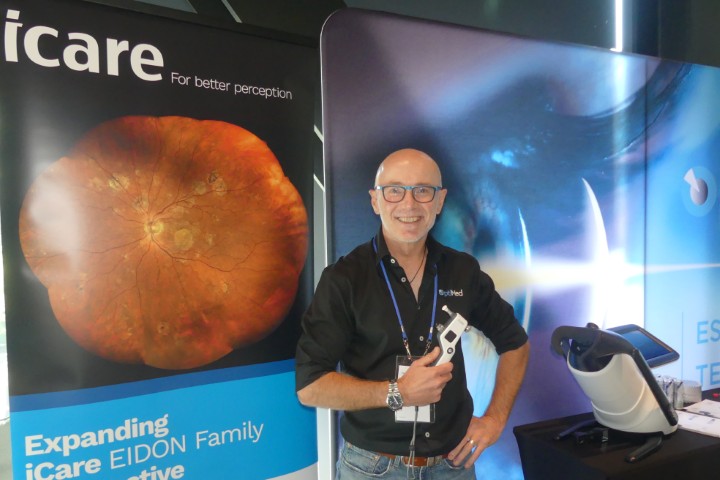Optic stem cell discovery game changer?
US researchers have identified optic nerve stem cells in the region transmitting signals from the eye to the brain, offering a new theory on why open angle glaucoma (OAG) develops, and potentially paving the way for new treatments.
"We believe these cells, called neural progenitor cells, are present in the optic nerve tissue at birth and remain for decades, helping to nourish the nerve fibres that form the optic nerve," said study lead Professor Steven Bernstein, vice chair of the department of ophthalmology and visual sciences at the University of Maryland School of Medicine. "Without these cells, the fibres may lose their resistance to stress and begin to deteriorate, causing damage to the optic nerve, which may ultimately lead to glaucoma.”
Researchers examined a narrow band of tissue known as the optic nerve lamina region. Less than 1mm wide, the lamina is found between the light-sensitive retina tissue at the back of the eye and the optic nerve. The long nerve cell fibres extend from the retina through the lamina into the optic nerve. The lamina is also the primary damage site in age-related OAG.
Their findings, published in Proceedings of the National Academy of Sciences, show that the lamina progenitor cells may be responsible for insulating the fibres immediately after they leave the eye, supporting the connections between nerve cells to the brain.
"This is the first time that neural progenitor cells have been discovered in the optic nerve. Without these cells, the nerve is unable to repair itself from damage caused by glaucoma or other conditions. “This may lead to permanent vision loss and disability," said Prof Bernstein. "The presence of neural stem/progenitor cells opens the door to new treatments to repair damage to the optic nerve, which is very exciting news."
Researchers also found that stem cells in the lamina bathe the neuron extensions with growth factors and aid in the formation of the insulating myelin sheath. The team have also been able to successfully determine the correct mix of growth factors and other cell culture conditions to grow and replicate these optic nerve stem cells. Next, the plan is to use genetically modified mice to see how the depletion of lamina progenitor cells contributes to diseases such as glaucoma and prevents repair, said Prof Bernstein. "If we can identify the critical growth factors that these cells secrete, they may be potentially useful as a cocktail to slow the progression of glaucoma and other age-related vision disorders."












